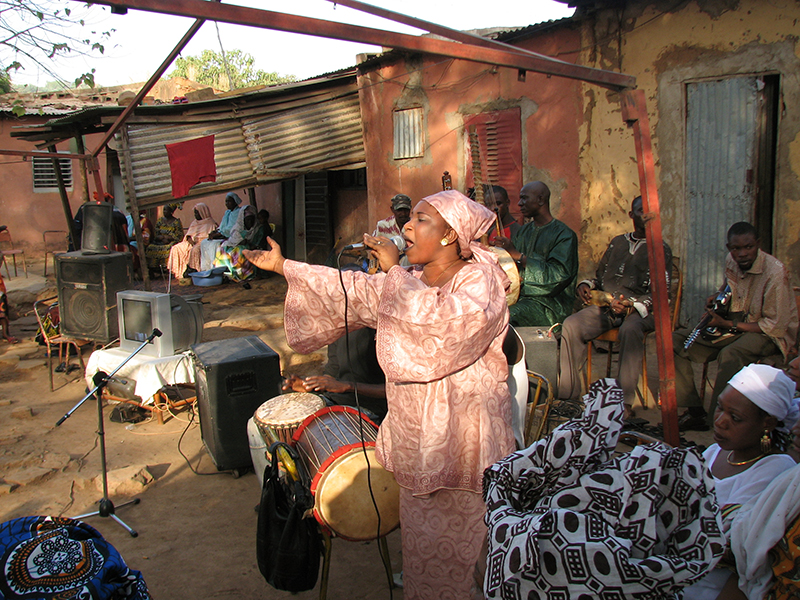A Pious Poetics of Place
|
Chapter 4: A Pious Poetics of Place examines the Islamic voice as a morally steeped and widely deployed discursive resource in Bamako popular music. It focuses on the inter-textual and inter-subjective references to Islamic thought and practice in three distinct, though frequently overlapping genres of vocal performance: praise song, rap, and dance band lyricism. The chapter argues that the pious poetics of a vocal Islam is part of what makes culture “popular” in contemporary Mali. It also traces the ways in which Islam has become a site of contestation and debate in Mali, and beyond.
|
KEY TERMS
WHO'S WHO
QUESTIONS FOR DISCUSSION
FURTHER READING & DISCUSSION
|
